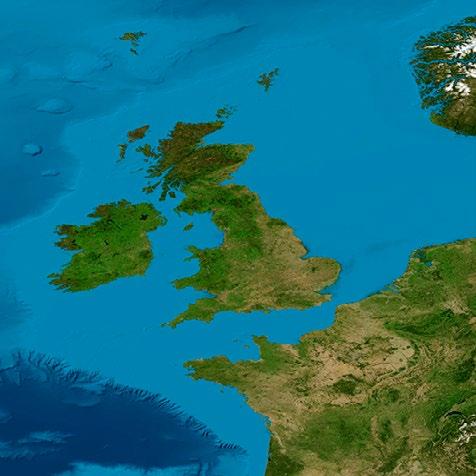
6 minute read
Electromagnetic Fields
Displacement
Description
Displacement occurs when an individual or population changes its home range or movement patterns as a result of a change in their environment. Animal displacement is often due to their inability to access critical foraging, mating, rearing, or resting habitats. Marine animals with particular spatial habitat needs or migratory routes are the most likely to be affected. Arrays of MRE devices could contribute to displacement of marine species, creating a barrier effect if animals are unable to navigate around a line of devices and associated cables, or if they encounter other obstacles while doing so. Displacement may temporarily or partially restrict movement, or it may completely bar an animal from accessing an area. These changes are more likely to happen across greater spatial and temporal scales (e.g., around large arrays of MRE devices) compared to evasion or avoidance that occurs on smaller scales (e.g., around single MRE devices).

Level of knowledge/uncertainties
The risk of displacement is very low for small numbers of devices because animals are expected to be able to navigate around single or small numbers of devices. To date, there have been no field studies that address displacement of marine animals around MRE arrays, and no large arrays are currently operating at which to measure this risk. To numerically model displacement, it would be necessary to separate the effects of multiple stressors on species distribution and due to this difficulty, no models exist at present. As the MRE industry moves toward larger arrays of devices, field observations will be required to understand the effects of displacement on marine species, specifically on barriers to seasonal migration routes.

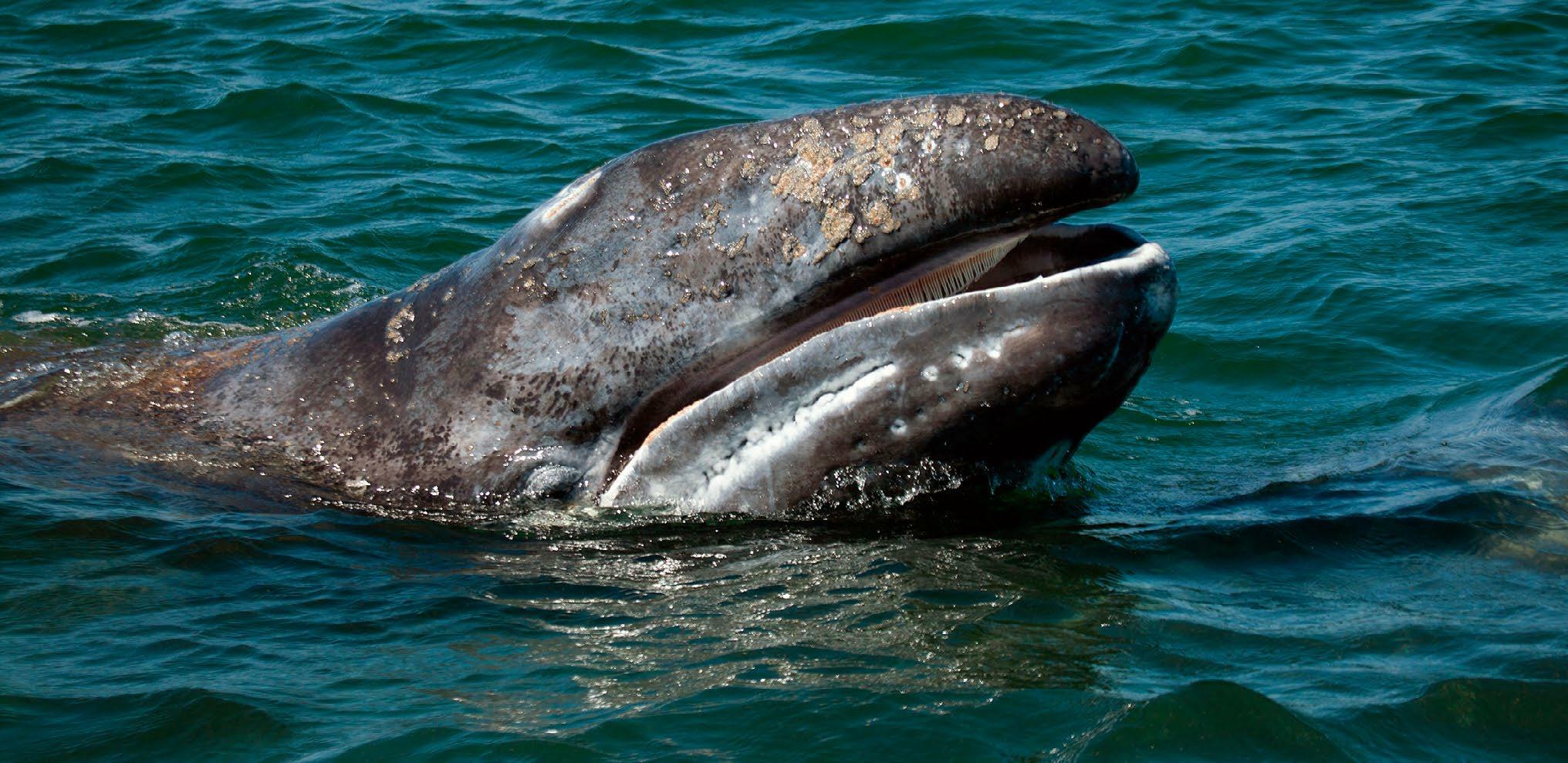

Guidance and recommendations
Identification of species potentially at risk of displacement at a potential MRE site is important during project planning to minimize the potential risk. Siting arrays of MRE devices outside of migration corridors is especially important to avoid large-scale displacement. Additionally, when siting MRE devices the cumulative effects of all potential barriers or space-use conflicts in an area (e.g., other marine industries, shipping channels, etc.) should be considered to fully assess displacement risk for a particular marine animal.

Displacement Risks
The dial shows that the level of risk from displacement for small numbers of devices is low. As larger arrays of devices are deployed we will continue to learn about this risk.
MRE Case Study Monitoring displacement from wave and tidal devices at the European Marine Energy Centre (EMEC)
At their wave and tidal energy test sites, EMEC created an observation program to detect marine animals visible at the water’s surface, including seabirds and marine mammals. Animal presence near devices was analyzed for patterns and variability related to device operation. Observations of surface-visible species (such as basking shark, European otter, seabirds, and marine mammals like seals and harbor porpoise) around devices were relatively consistent across the study areas. Displacement of animals was noted during the installation of MRE devices, likely due to boat activity, but was only temporary, and normal sightings resumed after the work phase was over and devices were operational. The results over the 10-year study (2005–2015) show little indication that seabirds and marine mammals were displaced from either of EMEC’s two grid-connected sites.
North Sea
Ireland
North Atlantic Sea
France Norway
United Kingdom
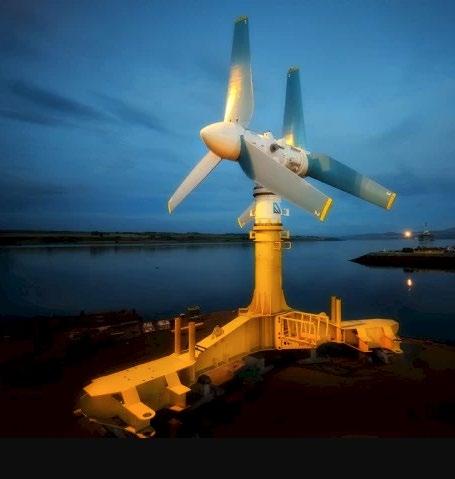
Socioeconomics
Description
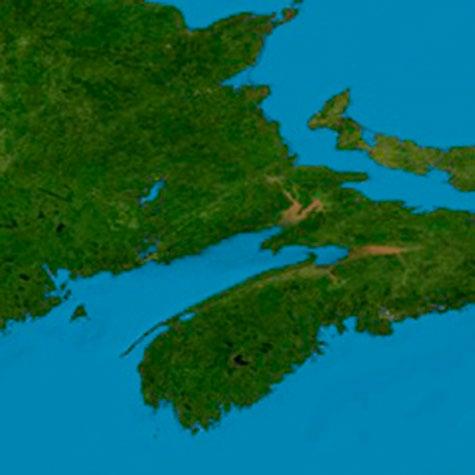
Social and economic effects include the benefits or adverse effects on human systems such as employment, local infrastructure, services, health or wellbeing, and community dynamics. While social and economic effects are often grouped together, they carry their own distinguishing characteristics and should be assessed separately when considering the impacts of an MRE development. Social effects are mostly described qualitatively, while economic effects are often described quantitatively. Both differ in assessment method, data type, and temporal and spatial scales. The socioeconomic effects of MRE developments may include impacts on coastal development or infrastructure, valuation of property within an area, local energy security, export of products and services, population, services, cultures, and overall well-being. Some aspects of MRE development may have impacts on local areas, such as by creating job opportunities or spurring infrastructure development in the local community, while other aspects may have larger-scale impacts, such as on the regional or national supply chain, economy, or gross domestic product.

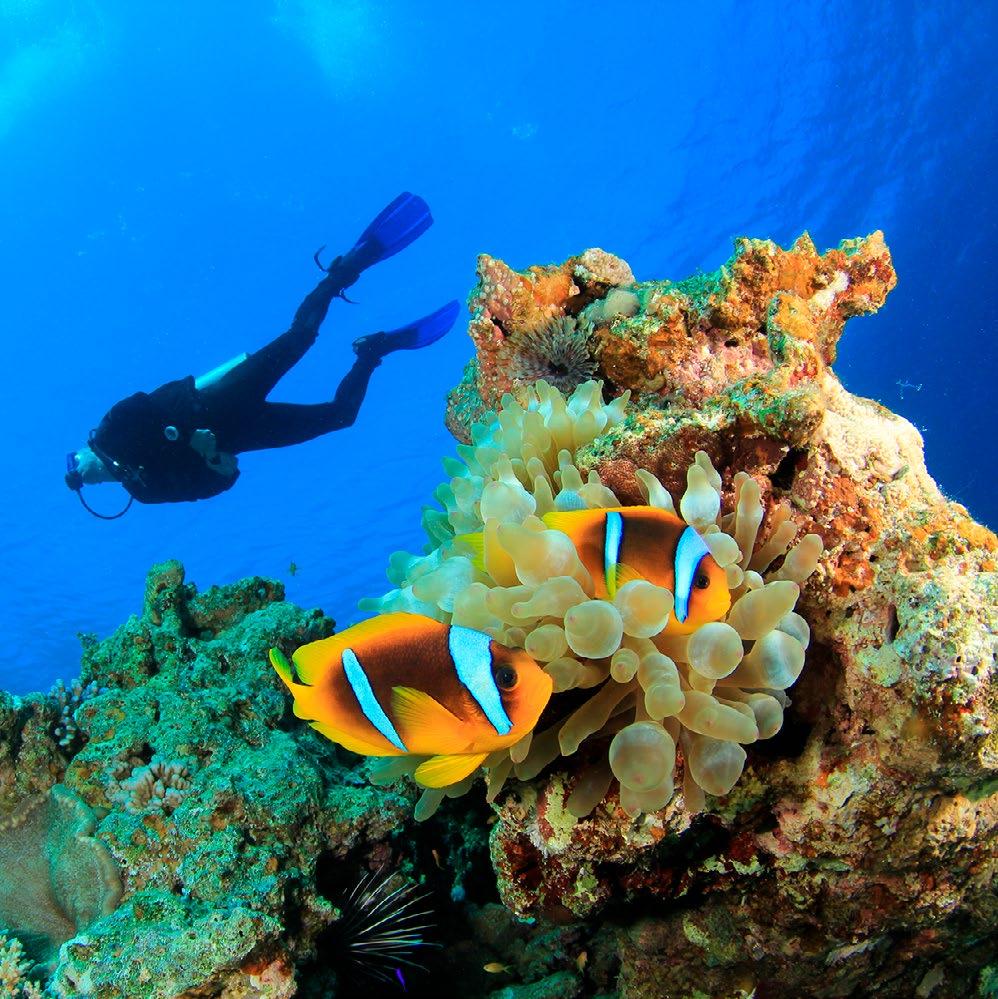
Level of knowledge/uncertainties
Current understanding of the socioeconomic effects of MRE is limited because the MRE industry is relatively new. In addition, regulatory requirements for collecting social and economic data are minimal, poorly defined, or highly variable across jurisdictions—if they exist at all. Studies at a few key sites have found that the MRE industry can benefit rural and coastal communities by providing jobs and revenue alongside clean renewable power. While understanding from similar industries can be used to inform our understanding of the expected socioeconomic impacts of MRE, the potential benefits or adverse effects of each MRE development are likely to differ depending on the extent of the project, the community involved, and other place-based factors.
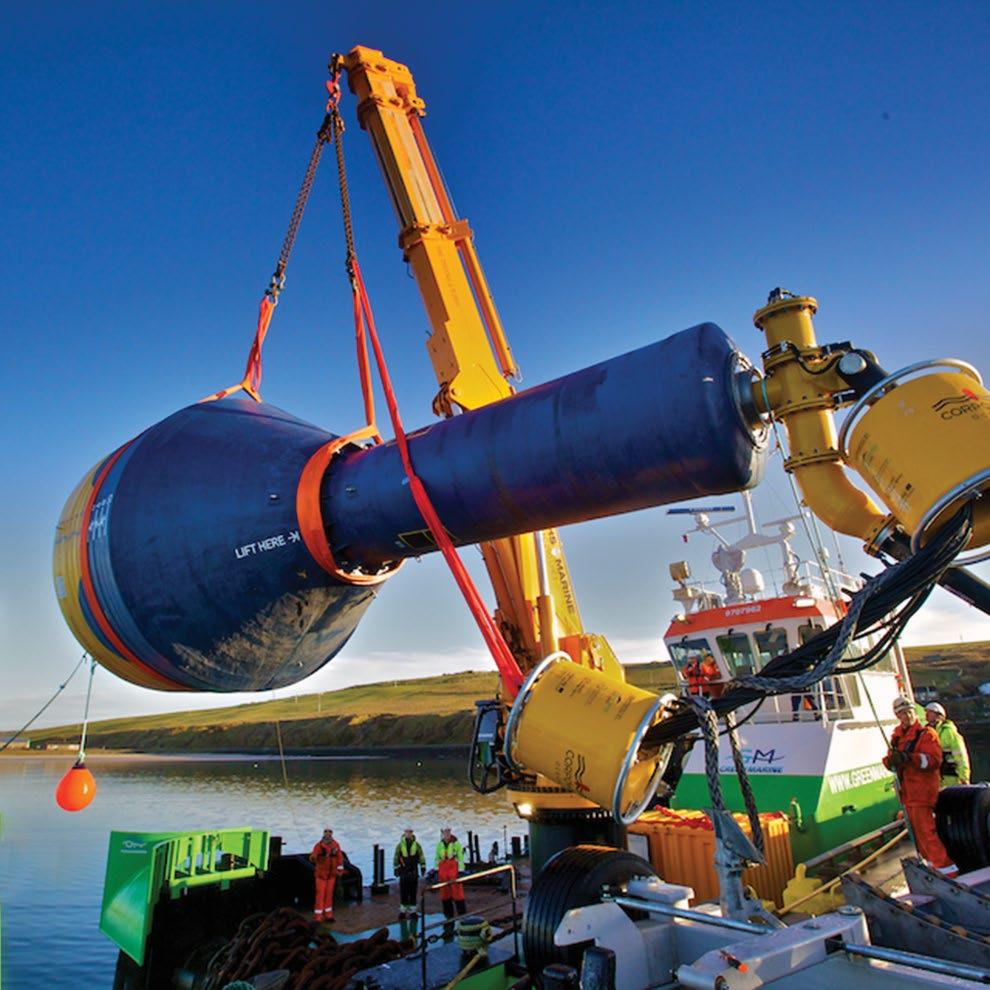
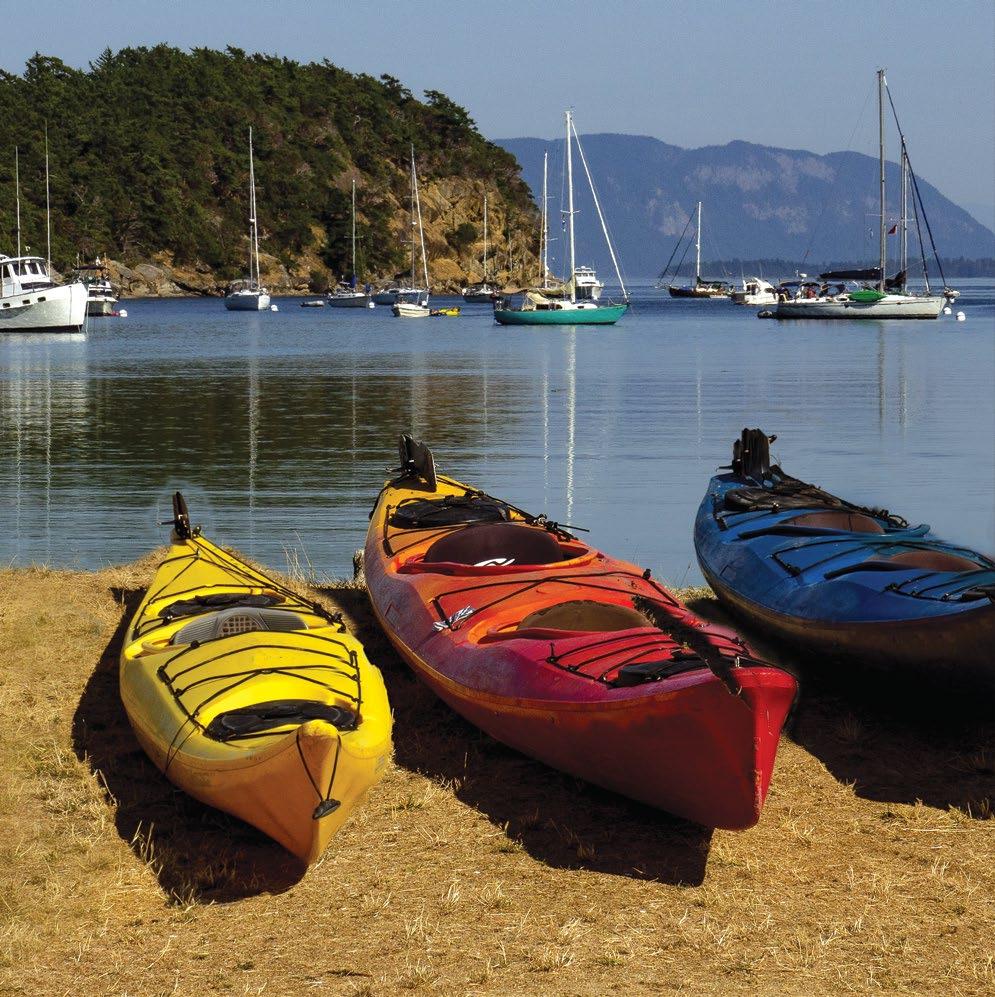
Guidance and recommendations
Understanding the tradeoffs between socioeconomic costs and benefits is necessary for equitable strategic planning. Baseline assessments during the planning phase of an MRE project are important to understand the current social and economic systems present in a community or region and to enable measures to be applied to avoid negative effects and enhance benefits. A well-planned and transparent process for stakeholder outreach and engagement should also be incorporated into project planning and development. Working with communities can help to build trust and support with local stakeholders and identify relevant concerns and how best to address or mitigate them. As the industry advances, it will become increasingly important to collect data consistently and comparably, specific to a location, over long periods of time to allow for long-term assessments and analysis of the socioeconomic effects of the MRE industry. Two levels of assessment and data collection for social and economic data are needed: (1) strategic-level activities and measures that meet objectives of local, national, and regional policy, which generally fall to governments; and (2) project-level activities and measures that meet objectives on a local scale, such as within a municipality or community, that should be carried out by MRE project developers.
MRE Case Study: Social and economic effects from the Fundy Ocean Research Centre for Energy (FORCE)
After the construc-
Canada tion of the FORCE test New Brunswick site in Nova Scotia, Canada, a socioecoBay of Fundy Nova Scotia Atlantic nomic scoping study was completed. The study showed that the Ocean development of tidal energy in the region could create 22,000 new full-time equivalent jobs and generate $1.5 billion in value from new goods and services. The construction, installation, operation, and maintenance workforce was locally sourced and involved more than 300 local companies in the supply chain. The study also highlighted the need for stakeholder consultation and incorporation of socioeconomic impacts in environmental impact assessments, and identified socioeconomic research gaps and priorities moving forward with the operation of the site.







